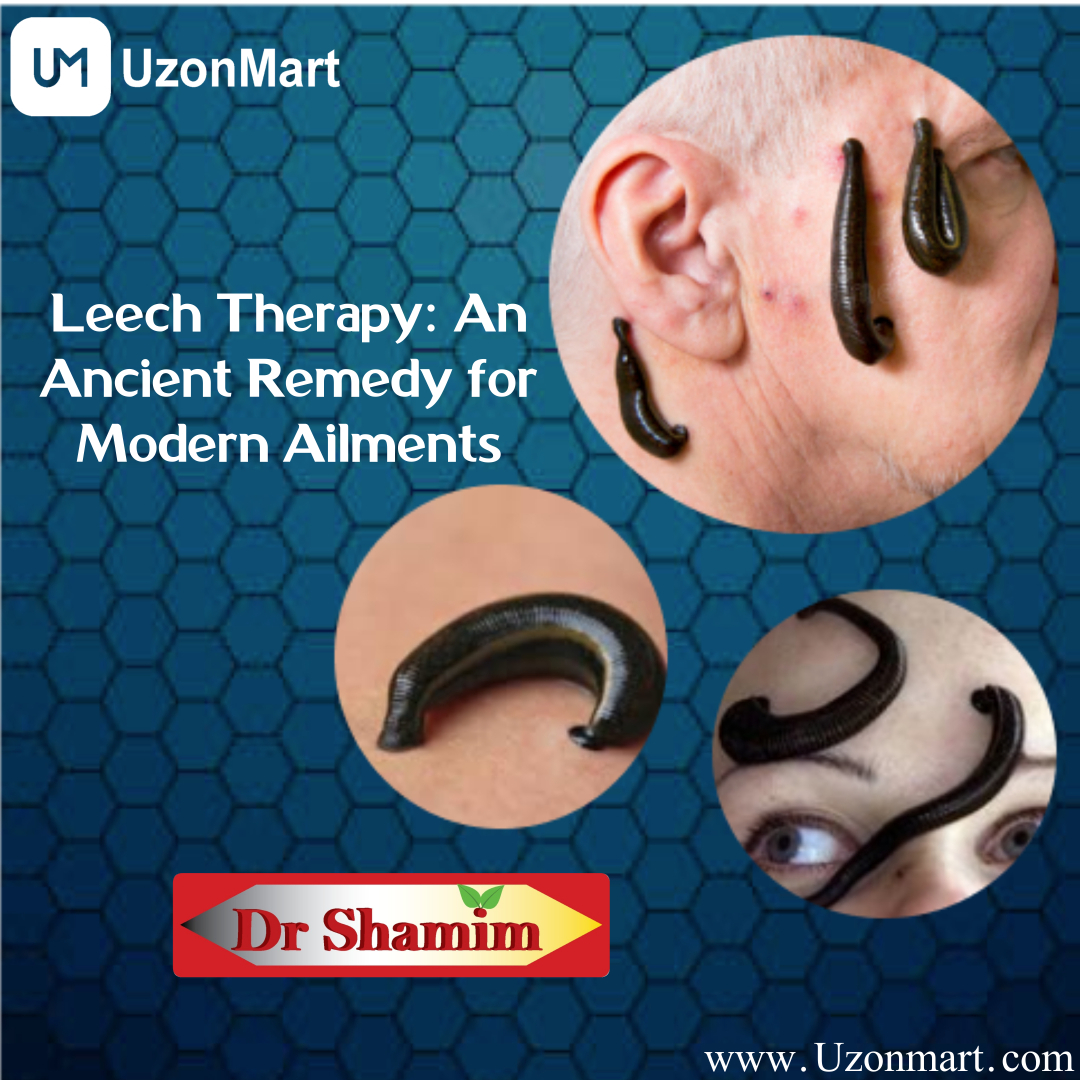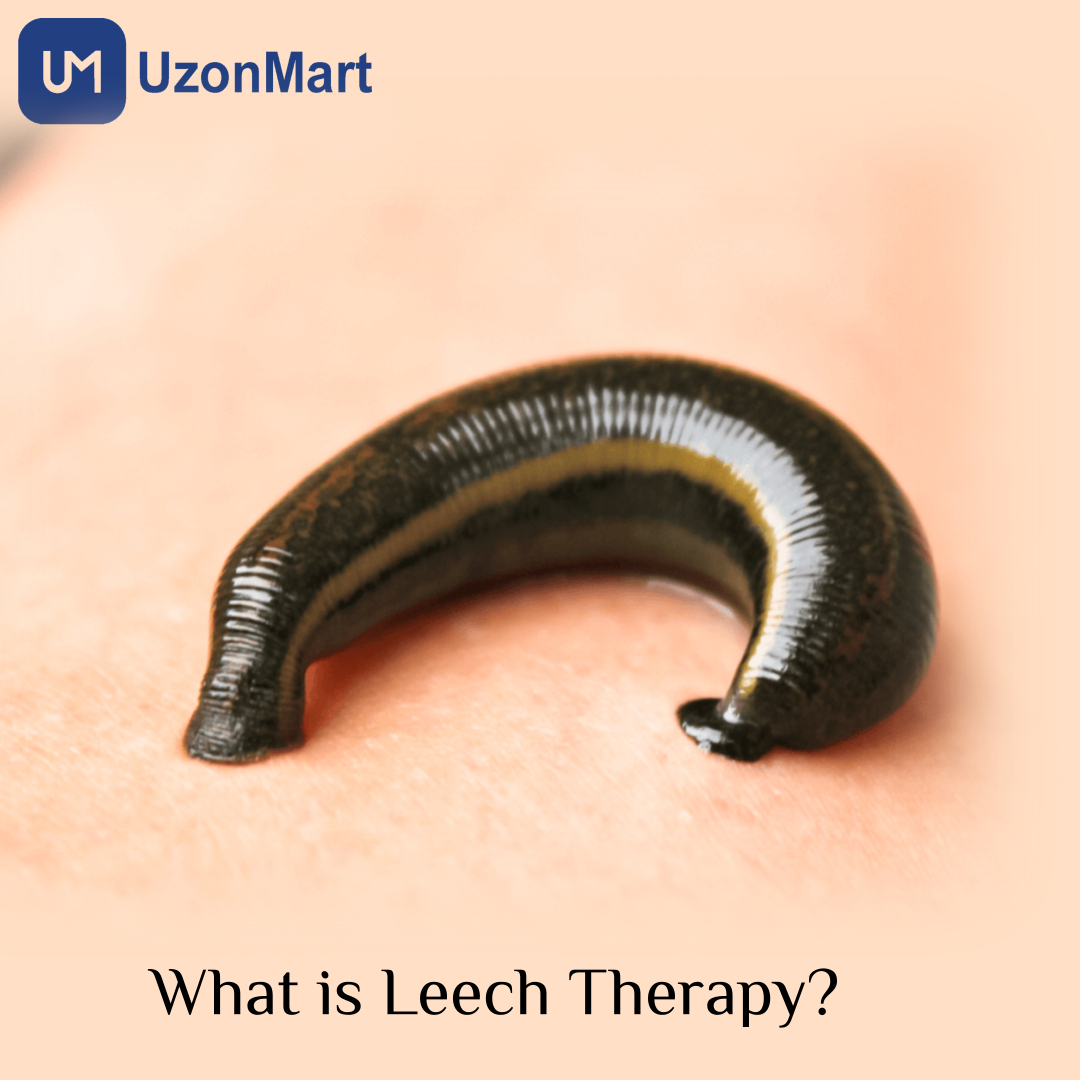Leech Therapy
Dr. Shamim is a well-known Consulting Unani physician with extensive clinical experience of over 10 years in treating various diseases.
Leech therapy, an ancient medical practice, has recently regained interest due to its potential benefits in treating a range of medical conditions. These benefits include improving blood circulation, reducing inflammation, and promoting healing power However, as with any medical procedure, leech therapy also carries potential risks, such as infection and bleeding, and should only be performed by a trained medical professional.
In this blog post, we will discuss leech therapy in detail, including its benefits, how it is used, and its potential risks.
What is Leech Therapy?
Leech therapy is a complementary and alternative medicine practice that has been used for centuries to treat various medical conditions. It involves using leeches to feed on blood from the skin, and the leech's saliva contains various compounds that can help reduce pain and inflammation, promote blood flow, and prevent blood clots.
Leech therapy has been used to treat conditions such as arthritis, varicose veins, skin conditions, and post-surgical recovery. However, it is important to note that leech therapy is not a substitute for conventional medical treatment and should only be used under the guidance of a qualified healthcare professional.
As a well-known physician in Mumbai, Dr. Shamim may be able to provide guidance on the appropriate use of leech therapy as a complementary treatment option. It is essential to seek medical advice before undergoing any alternative therapies, including leech therapy.
What is leech therapy good for?
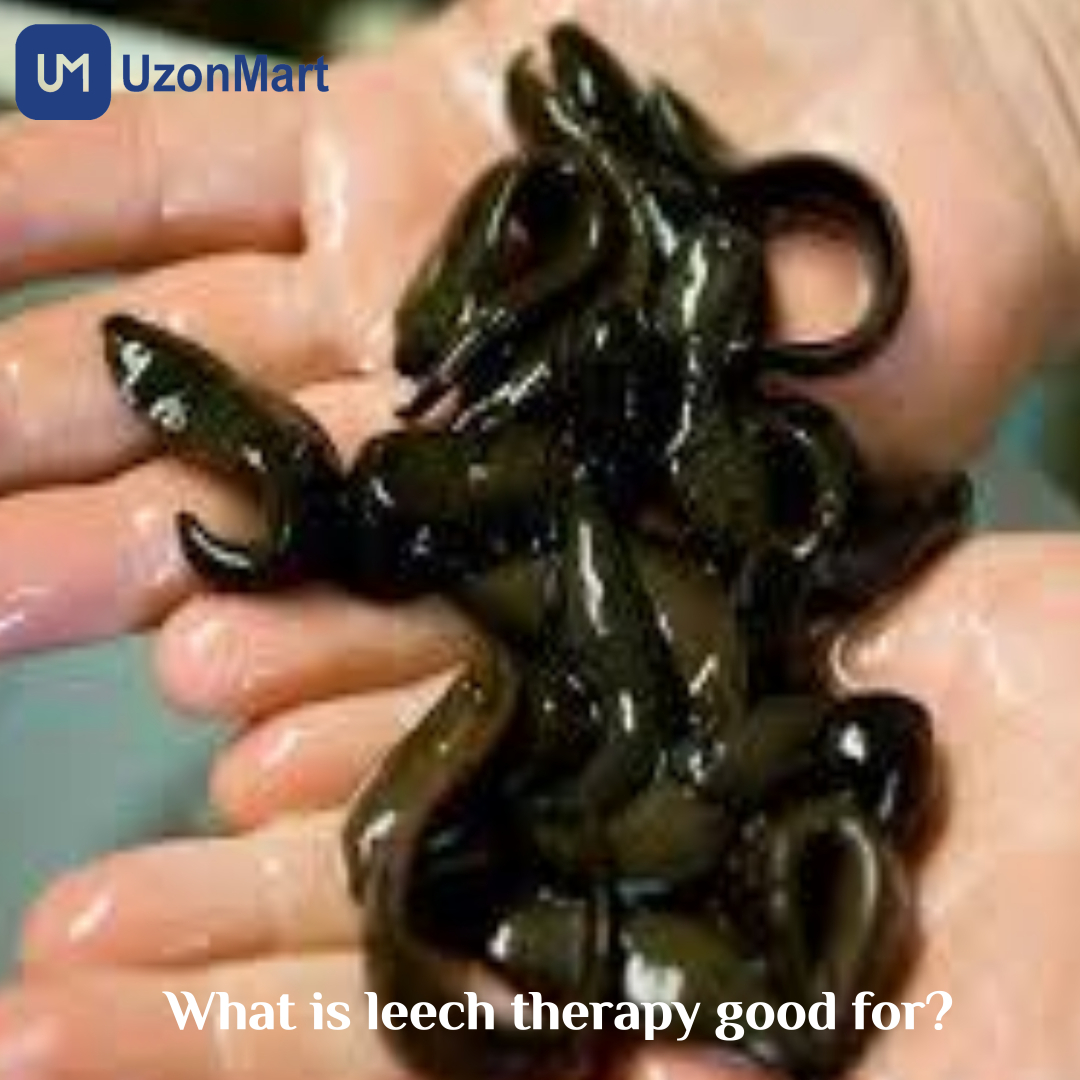
Dr. Shamim, as a physician, you may be interested to know that leech therapy has been used for centuries in traditional medicine for a variety of purposes. The saliva of the leech contains various compounds that can have therapeutic benefits. Here is the curated list:
Improved blood circulation: The anticoagulants present in leech saliva can help to prevent blood clots and promote blood flow, which may benefit conditions like varicose veins and arterial insufficiency.
Pain relief: Leech saliva contains anesthetic compounds that can help to reduce pain and inflammation in the affected area.
Wound healing: The anticoagulants and growth factors in leech saliva may help to promote wound healing and tissue regeneration in some cases.
Arthritis: Leech therapy has been used to reduce pain and inflammation associated with various types of arthritis.
Skin conditions: Leech therapy has been used to improve the symptoms of some skin conditions.
However, it is important to note that leech therapy is not a substitute for conventional medical treatment, and should only be used under the guidance of a qualified healthcare professional such as yourself, Dr. Shamim. The use of leech therapy is also not suitable for everyone and may have some risks, including bleeding, infection, and allergic reactions. Therefore, it is crucial that patients seek medical advice before undergoing any alternative therapies, including leech therapy.
Benefits of Leech Therapy
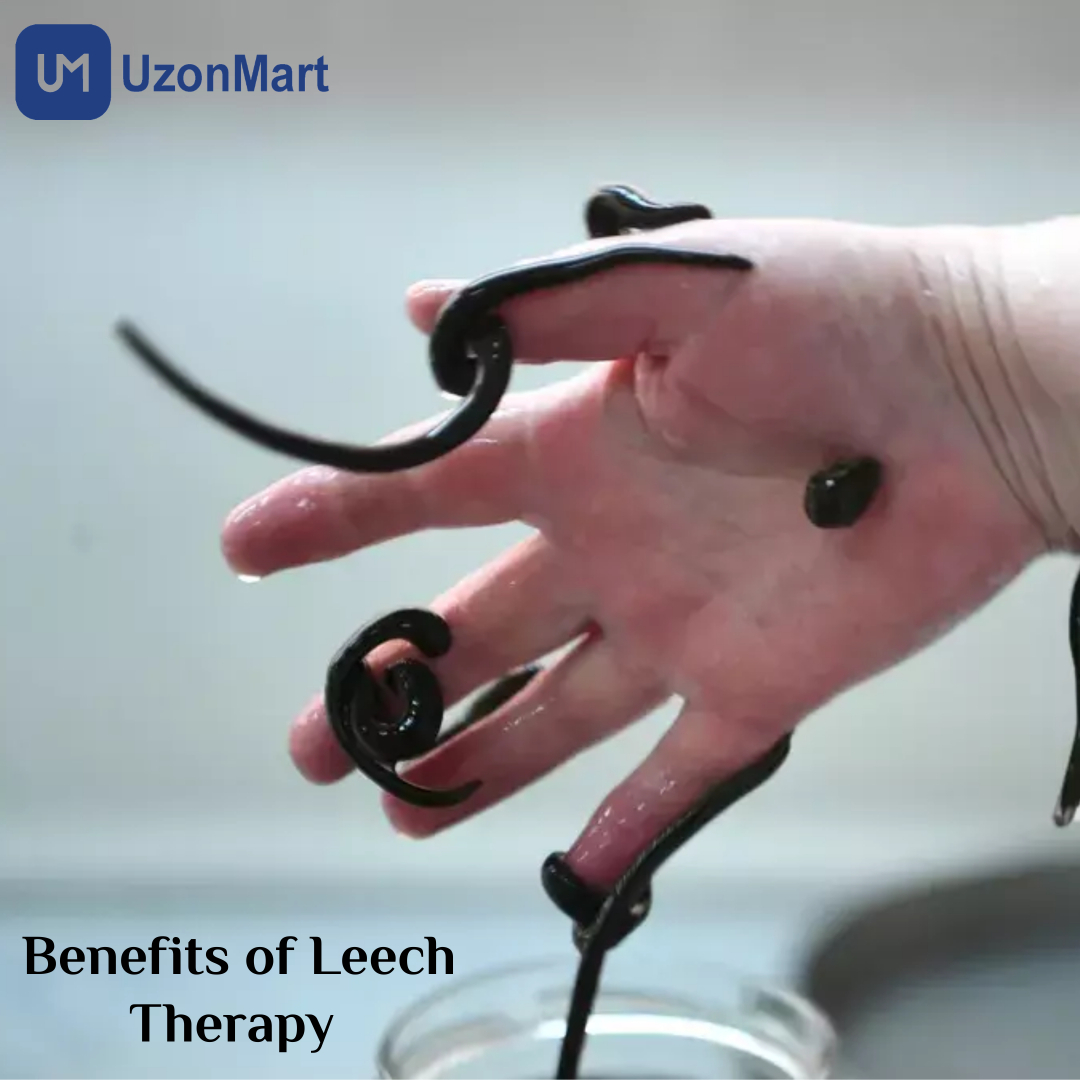
Leech therapy has been used for centuries in traditional medicine for various purposes, and it is believed to offer several potential benefits. Some of the benefits of leech therapy include:
Improved blood circulation: Leeches secrete natural anticoagulants that help to prevent blood clots and promote blood flow. This can be beneficial for conditions like varicose veins, arterial insufficiency, and peripheral vascular disease.
Pain relief: Leech saliva contains natural anesthetics that can help to reduce pain and inflammation in the affected area. This can be beneficial for conditions like arthritis, headaches, and muscle pain.
Wound healing: Leech saliva contains natural growth factors that can help to promote tissue regeneration and wound healing. This can be beneficial for conditions like diabetic ulcers, burns, and traumatic injuries.
Immune system boost: Leech therapy is believed to help boost the immune system by increasing the production of white blood cells and antibodies.
Skin conditions: Leech therapy has been used to improve the symptoms of some skin conditions, such as psoriasis and eczema.
Leech therapy should only be used with the approval of a skilled healthcare expert and should not be used as a replacement for standard medical care. However, not everyone should utilize leech therapy because it carries some hazards, such as bleeding, infections, and allergic responses. Hence, before pursuing any alternative therapies, including leech therapy, patients must first consult a physician.
What is the process of leech therapy?

leech therapy is a medical treatment that involves the use of medicinal leeches to treat various medical conditions. The process of leech therapy generally includes the following steps:
- Preparation: To ensure that the leeches used in therapy are free from harmful bacteria or viruses, they are typically bred in a sterile environment. Before the treatment begins, Dr. Shamim cleans and disinfects the patient's skin to minimize the risk of infection.
- Placement: Once the patient's skin is prepared, Dr. Shamim places the leeches on the patient's skin, typically near the affected area. The leeches use their sharp teeth to attach themselves to the skin and begin feeding on the patient's blood.
- Feeding: As the leeches feed, they secrete a combination of enzymes that have anticoagulant, anti-inflammatory, and analgesic properties. These enzymes help to improve blood flow, reduce swelling, and alleviate pain in the affected area.
- Removal: Once the leeches have finished feeding, they will detach themselves from the skin and fall off naturally. Alternatively, a saline solution can be used to gently remove the leeches. After the leeches are removed, the patient's skin is cleaned and disinfected again.
- Follow-up: To achieve the desired therapeutic effects, patients may require multiple leech therapy sessions. Dr. Shamim schedules follow-up appointments with patients to monitor progress and adjust treatment plans as needed.
It is crucial to note that leech therapy should only be performed by a trained healthcare professional like Dr. Shamim in a sterile environment to minimize the risk of infection. Patients should discuss the potential benefits and risks with Dr. Shamim before undergoing this type of treatment.
Why does Ayurveda employ leeches?

From ancient times, leeches have been used in Ayurveda to cure illnesses like skin conditions, digestive issues, and monthly irregularities as well as purge the body of toxins. The leeches are applied to specific body parts for a predetermined period of time. Leech therapy is additionally employed for cosmetic reasons, however, there is scant scientific evidence to support its efficacy. To reduce the danger of infection, leech therapy must be administered by a qualified healthcare professional in a sterile setting.
Is leech therapy beneficial for the skin?
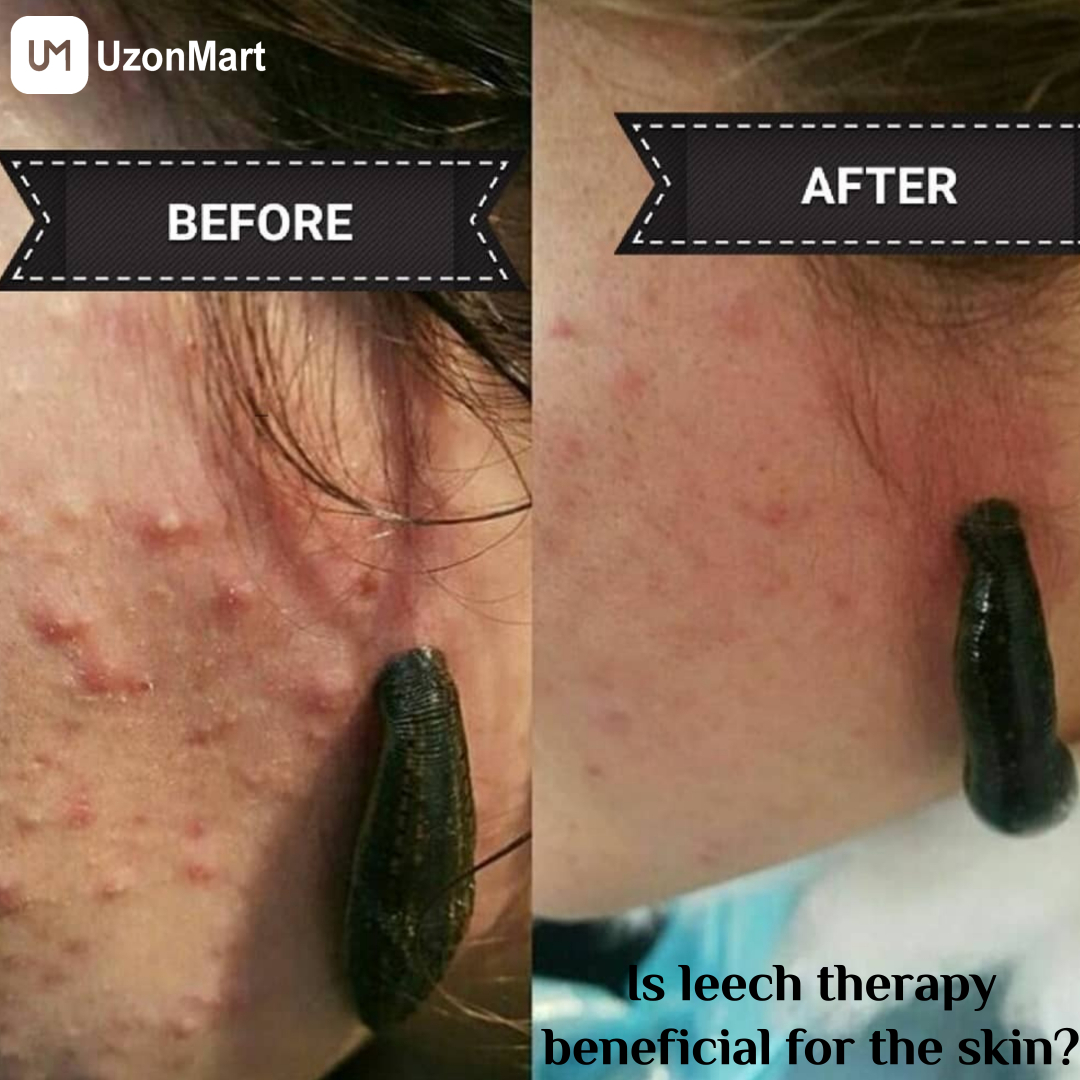
For decades, leech therapy has been utilized to cure skin problems and advance general skin health. The anti-inflammatory and analgesic characteristics of the enzymes released by leeches during therapy can reduce swelling. To reduce the danger of infection, it should only be done in a sterile setting by a qualified practitioner.
Is leech therapy safe?
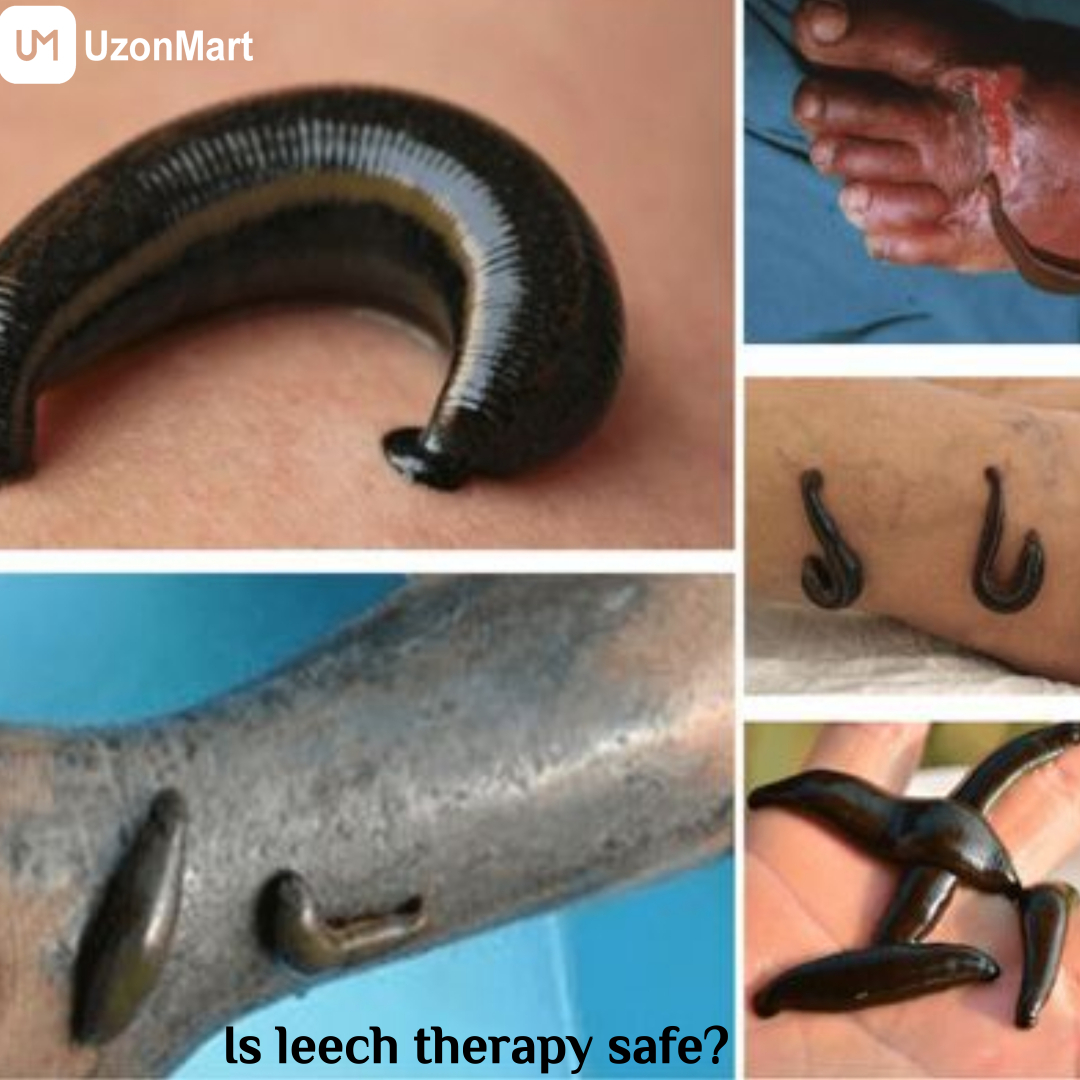
Hirudotherapy, sometimes referred to as leech therapy, is a conventional medical procedure that uses live leeches to treat a variety of illnesses. Leech therapy has potential hazards, but when carried out by a trained healthcare expert in a controlled environment, it can be safe.
The leeches used in therapy are normally produced under sterile conditions rather than being obtained in the wild. They are extensively examined for illnesses and parasites before usage to make sure they are healthy. In order to stop the spread of illnesses, the leeches are only utilized once before being destroyed.
Leech treatment still carries certain possible hazards, though. Infection, allergic reactions, and excessive bleeding are the most typical hazards. Throughout the operation, patients could feel some discomfort.
Before choosing leech therapy, it is necessary to speak with a licensed healthcare expert. They can evaluate the treatment's advantages and disadvantages to decide whether it is suitable for your condition.
What are the side effects of leech therapy?
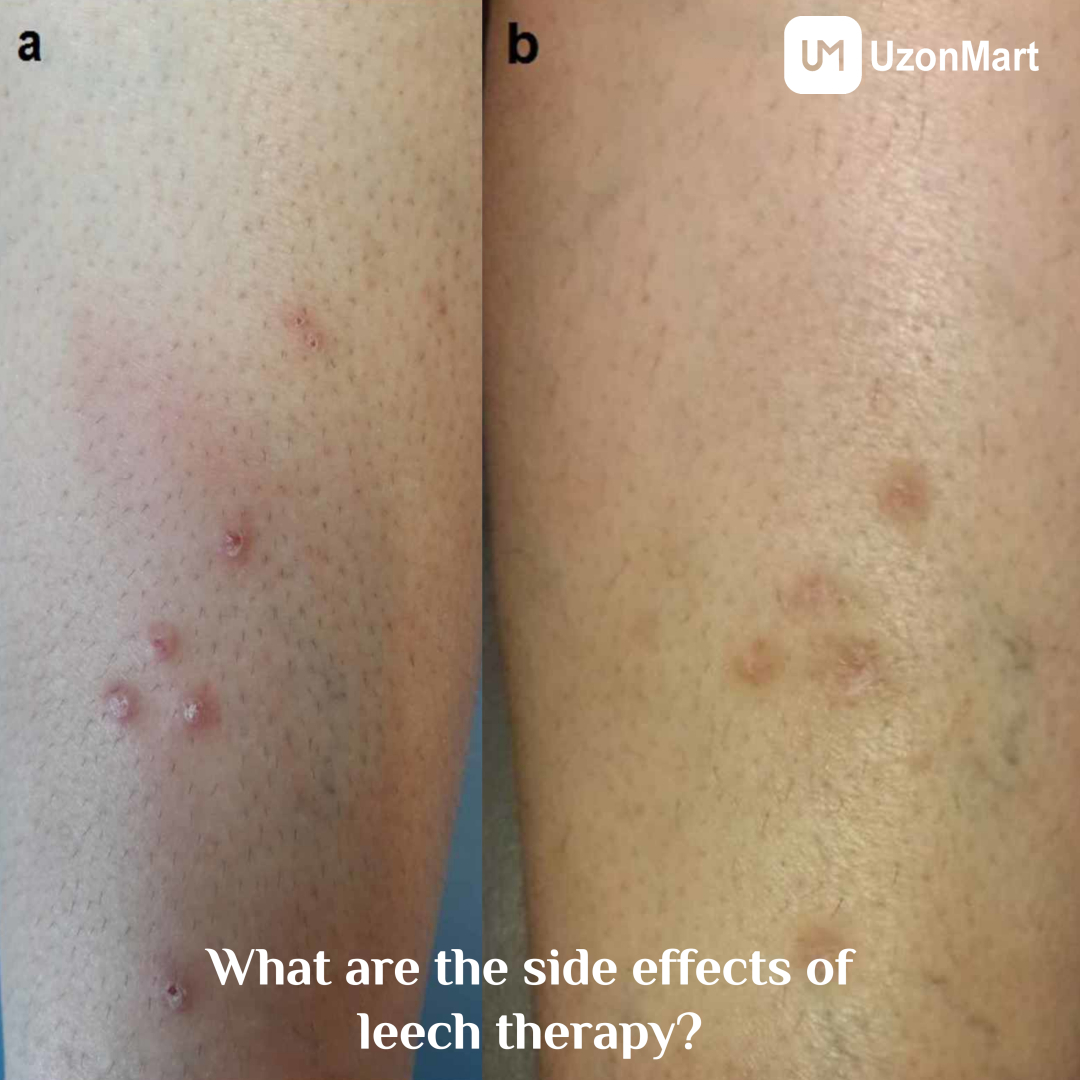
Leech therapy, while generally considered safe, may still have potential side effects. The most common side effects of leech therapy include bleeding, which may last longer than usual due to the anticoagulant substance that the leeches release. Allergic reactions to the anticoagulant substance are also possible, causing symptoms such as itching, redness, or hives. Infection is another potential risk, although the leeches used in therapy are typically bred in a sterile environment and thoroughly inspected before use to ensure they are healthy.
In addition, patients may experience some pain and discomfort during the procedure, although this is usually minimal and short-lived. Anemia is a rare side effect of leech therapy, but it can occur in patients with pre-existing anemia or bleeding disorders due to excessive bleeding.
How much does leech therapy cost?
Dr. Shamim, the healthcare provider administering leech therapy, can determine the cost of the treatment based on several factors such as the location of the treatment and the number of leeches used. Generally, the cost of leech therapy ranges from several hundred to several thousand per session. It is important to note that leech therapy is usually not covered by insurance as it is considered an alternative or complementary therapy. Patients should discuss the potential costs with Dr. Shamim and consider all options before making a decision. Dr. Shamim may offer payment plans or other options to make the treatment more affordable for patients.
Is leech Therapy painful?
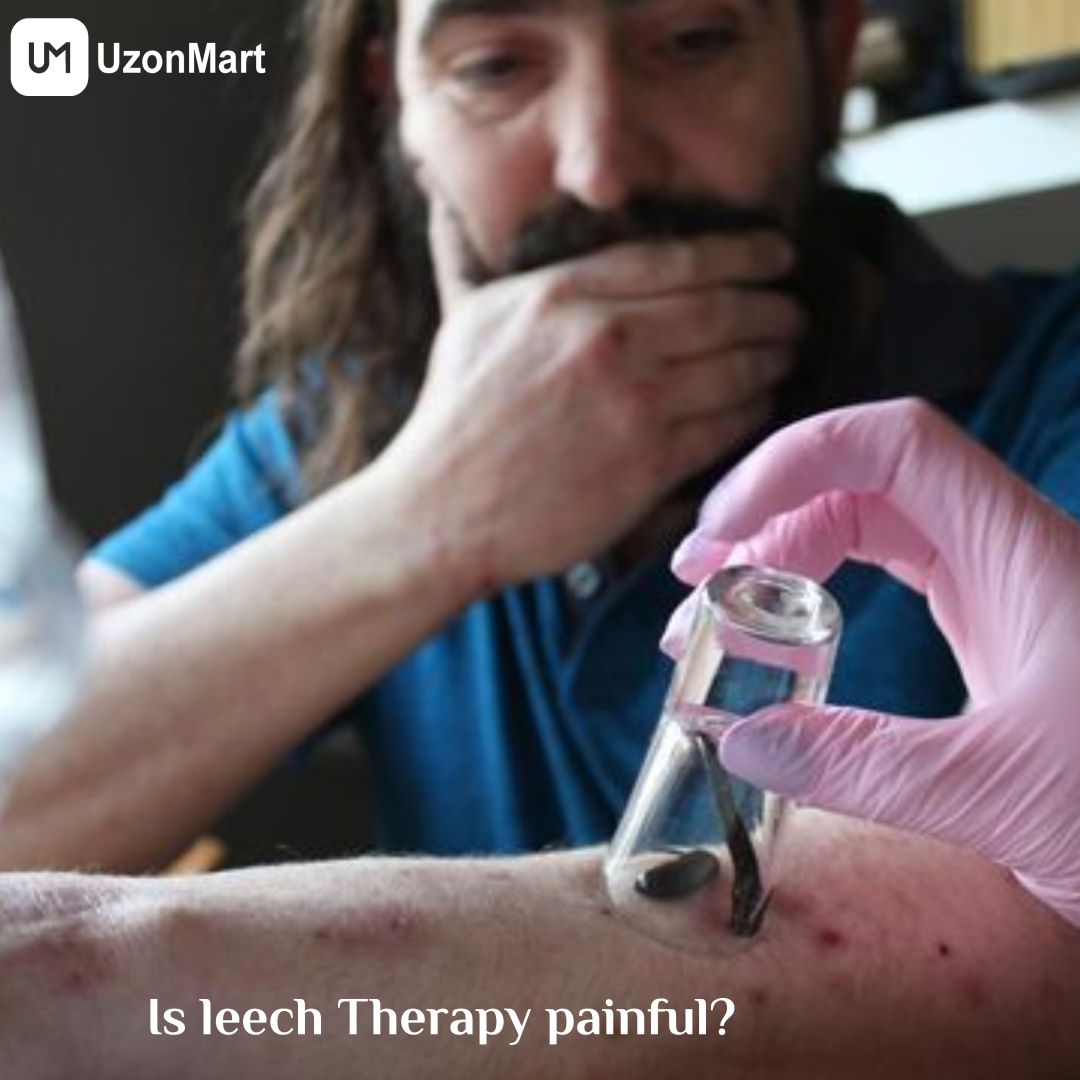
Leech therapy may cause some discomfort or pain during the procedure. The leeches attach themselves to the skin and begin to suck blood, which may cause a mild pulling or tugging sensation. Some patients may also experience a mild burning or itching sensation at the site of the bite. However, the pain and discomfort caused by leech therapy are usually minimal and short-lived. Additionally, healthcare providers may use local anesthesia or other pain management techniques to minimize any discomfort. It is important to discuss any concerns about pain or discomfort with a qualified healthcare professional before undergoing leech therapy.
Conclusion
Traditional medicine has been using leech therapy for many years to treat a variety of ailments. When carried out by a trained healthcare expert, it can be a safe and efficient therapy choice for some illnesses, while it might not be for everyone. If you're thinking about leech therapy, make sure to speak with a licensed medical expert like Dr. Shamim to see if it's right for your situation and to keep an eye out for any possible adverse effects.
At UzonMart, we value your feedback and strive to provide a hassle-free experience. Leave a review on our website to help us improve our services and assist other users in making informed decisions. Thank you for choosing UzonMart.
